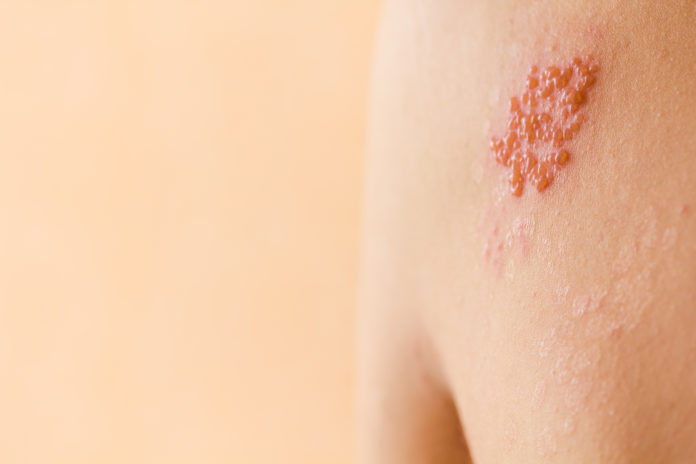It’s possible that you could get shingles if you have chickenpox. The Centers for Disease Control and Prevention predicts that one in three Americans will get shingles in their lifetime.
The chickenpox can remain latent in the body for years before it manifests as shingles. A person who has not had chickenpox but interacts with someone suffering from shingles can contract the disease. Even though it can affect anyone who has had chickenpox before, shingles is more common in those over 50.
Shingles Symptoms
In the majority of cases, shingles affect only one side. Most commonly, this is the back, chest or abdomen. Also, the mouth, eyes, and ears may show symptoms. Some internal organs may be affected by the virus.
Shingles can often affect a dorsal-root ganglion. This is a single sensory nerve ganglion that is located near the spinal cord. The symptoms do not affect the whole body, but only specific parts. It is not the rash that causes discomfort, but nerve involvement.
The location of the symptom on the body can affect its type.
Some people experience only pain while others experience it along with other symptoms such as a rash, fever, chills or headache.
The most common shingles symptoms are:
- A stabbing, sharp, throbbing, or dull ache that persists or is sporadic.
- A localized skin rash that looks like the chickenpox.
- Rash-related blisters filled with fluid
The progression of symptoms
Each case is unique, but symptoms usually develop in the following order:
- Itching, pain, tingling and numbness in a specific area of skin or the body.
- The rash may appear up to 2 weeks after the initial symptoms.
- The blisters are itchy and fluid-filled. They last between three and five days.
- Blisters can combine to form a solid band of red that looks like a severe burn. Even a light touch can cause pain.
- Inflammation of the soft tissue under and around a rash is possible.
- After 7-10 days, the blisters will gradually dry up and turn into crusts or scabs. When blisters heal, they may leave small scars.
The shingles usually last between 2 and 4 weeks. It is contagious until the blisters harden and dry out. The majority of people have only one case of shingles, but they can return in rare cases.
Summary
You should seek treatment as soon as you notice symptoms. It is especially important to seek treatment if your immune system has been compromised. Your doctor will help you determine if shingles vaccination is right for you and develop a plan to relieve the pain and itch.

